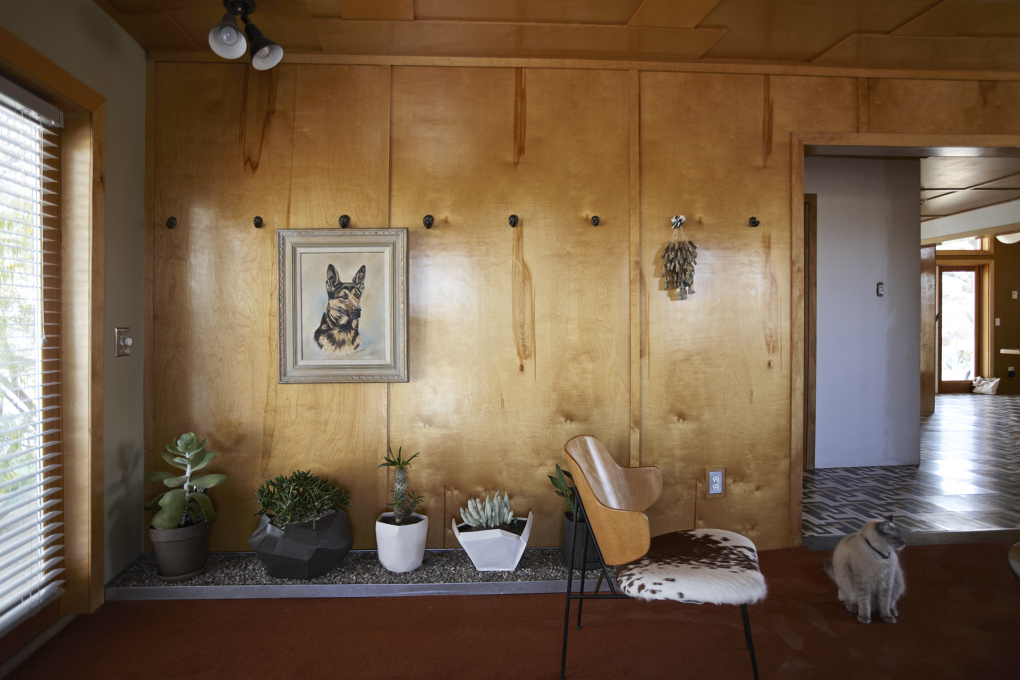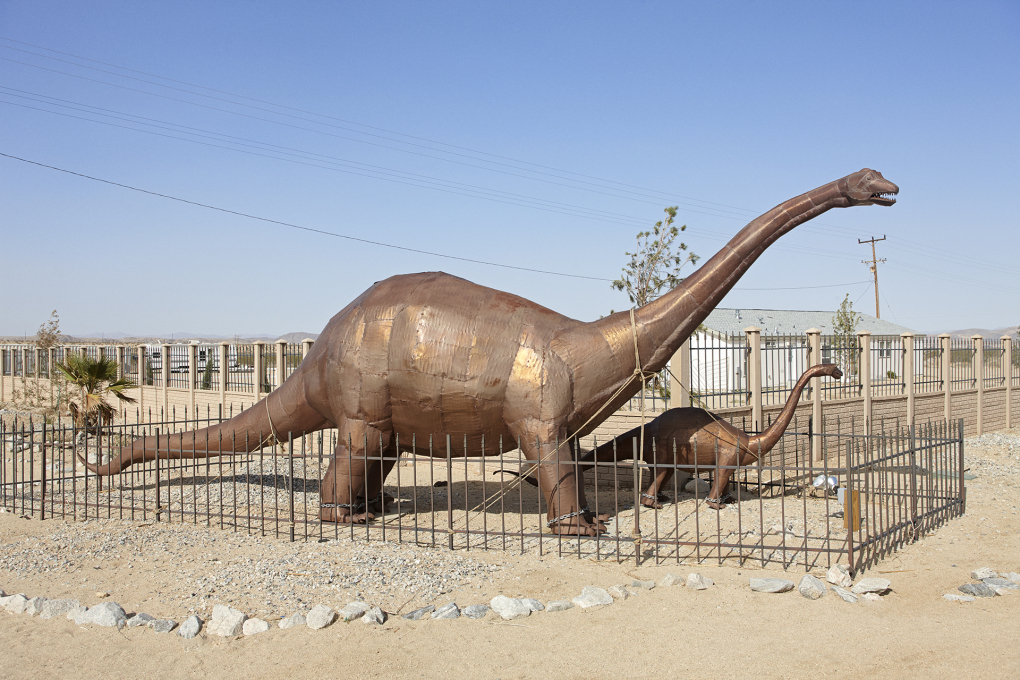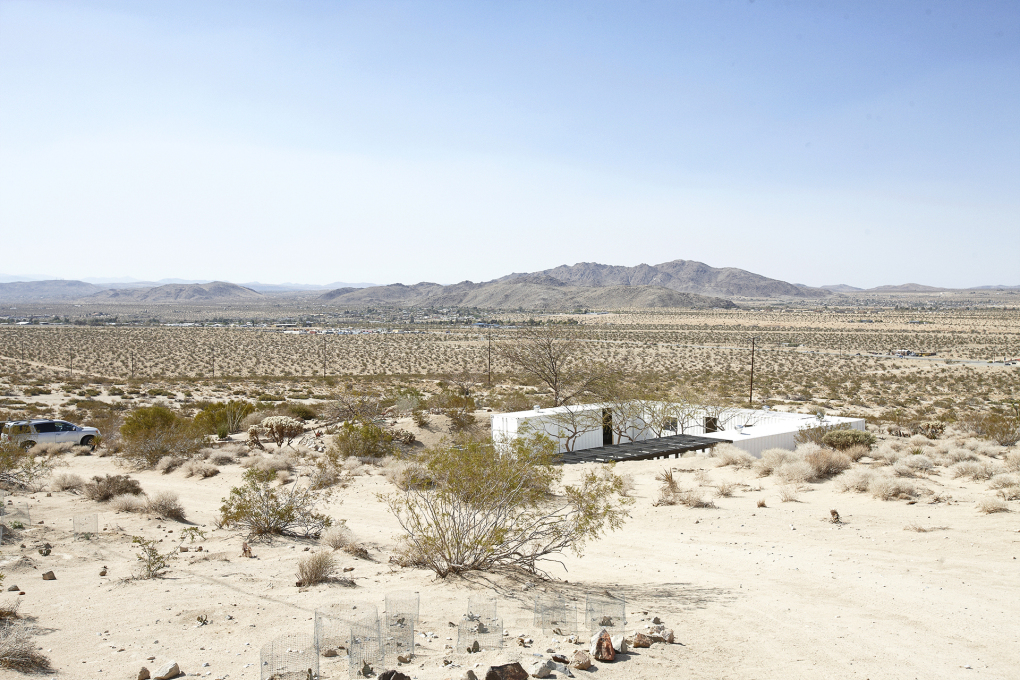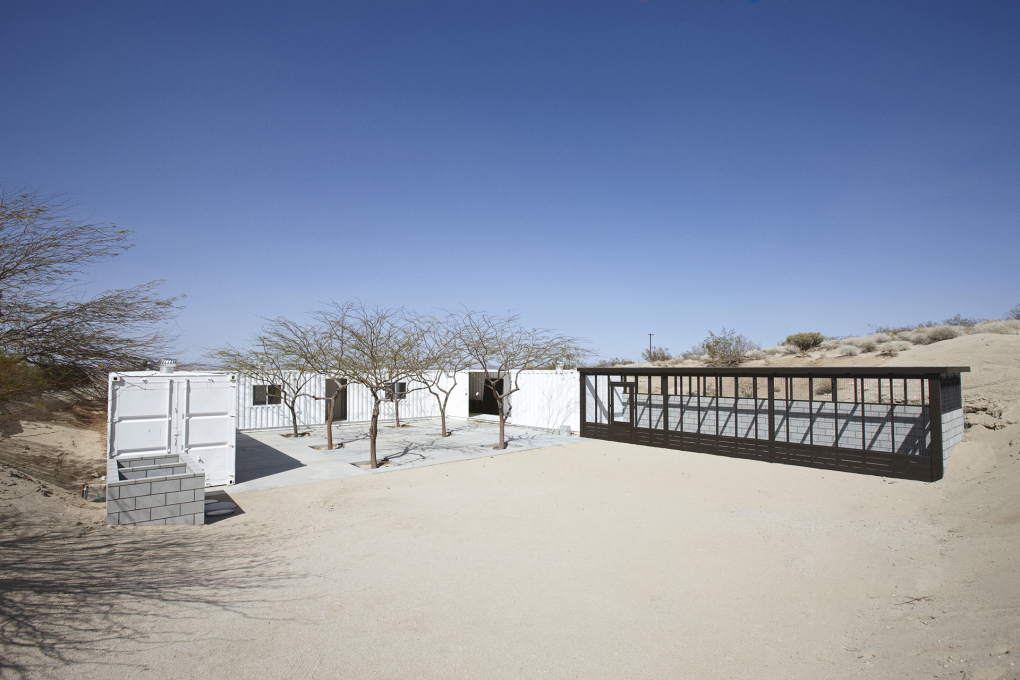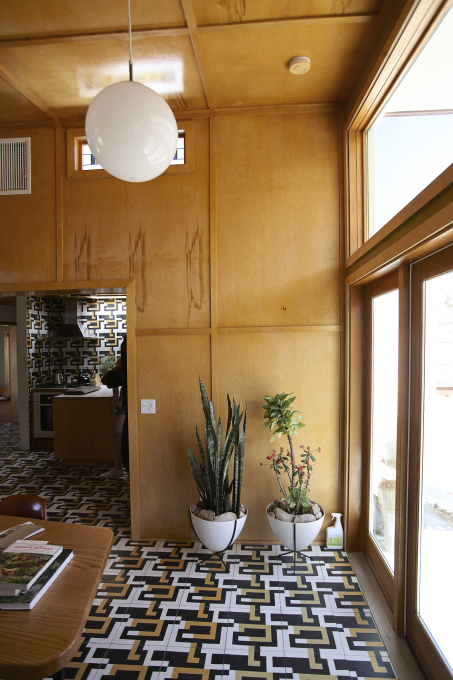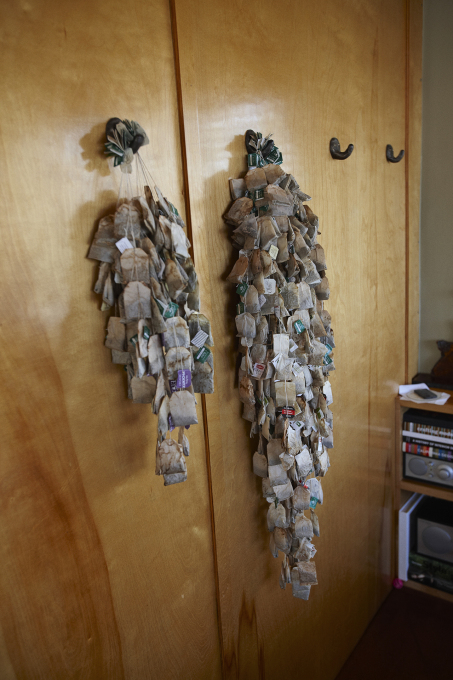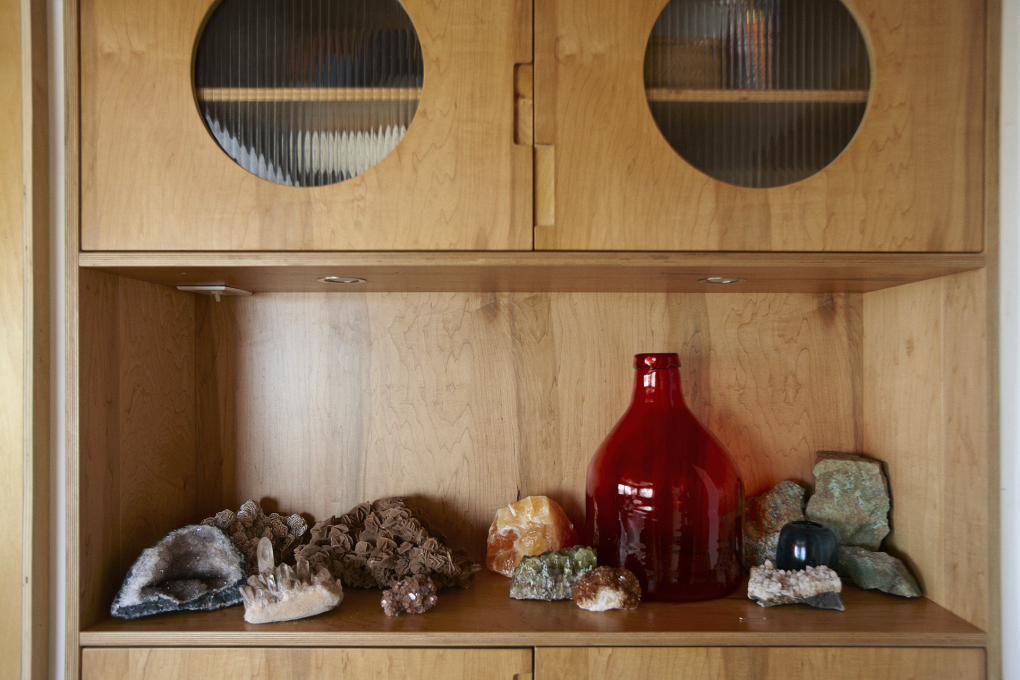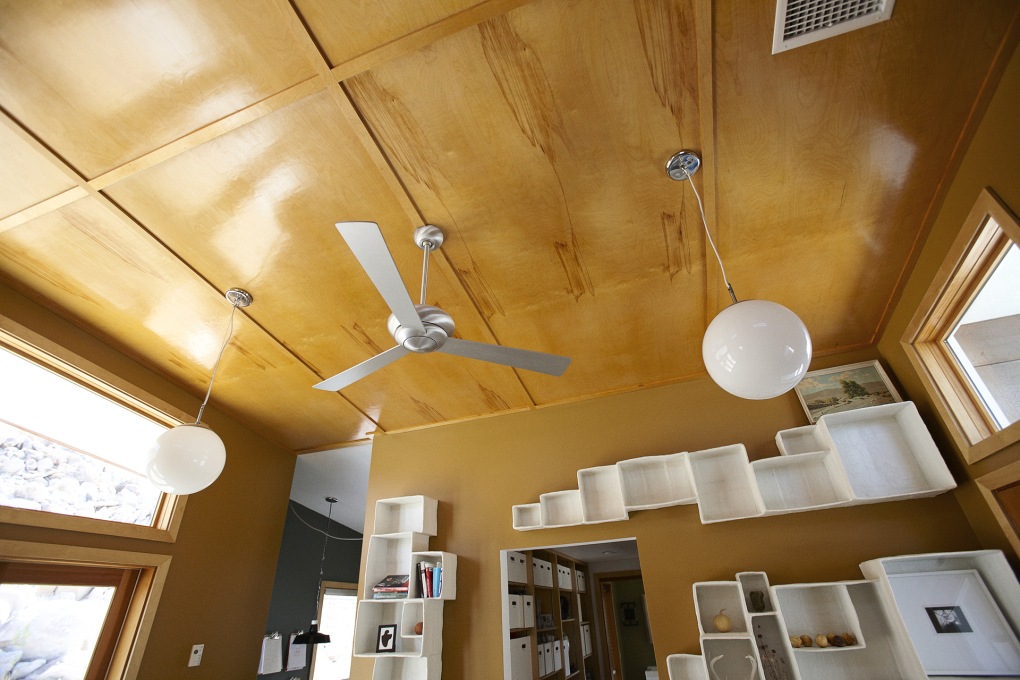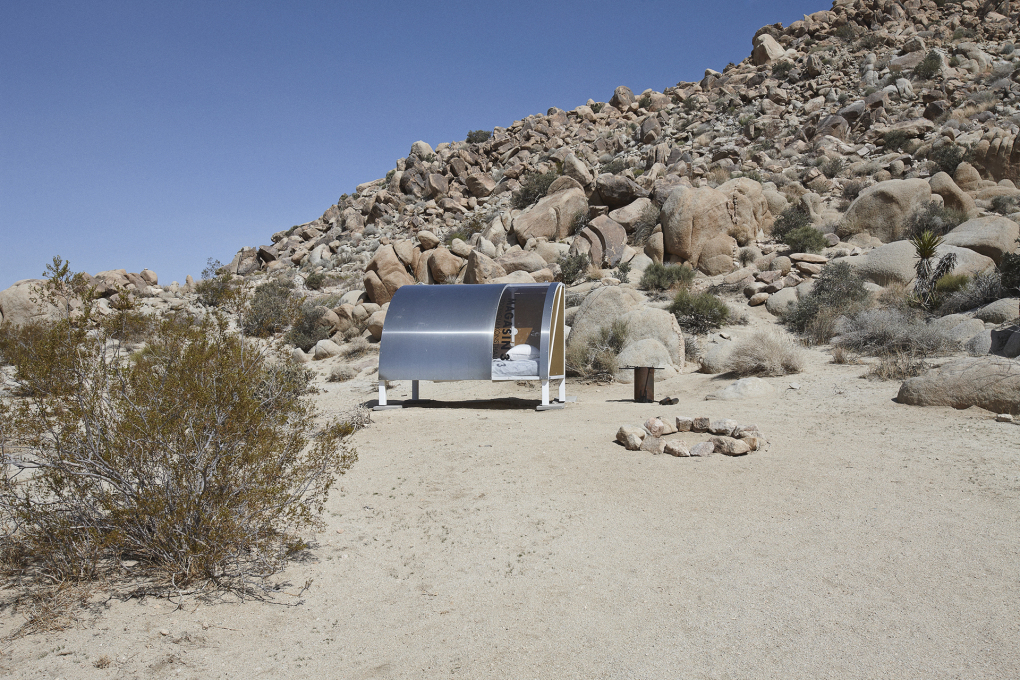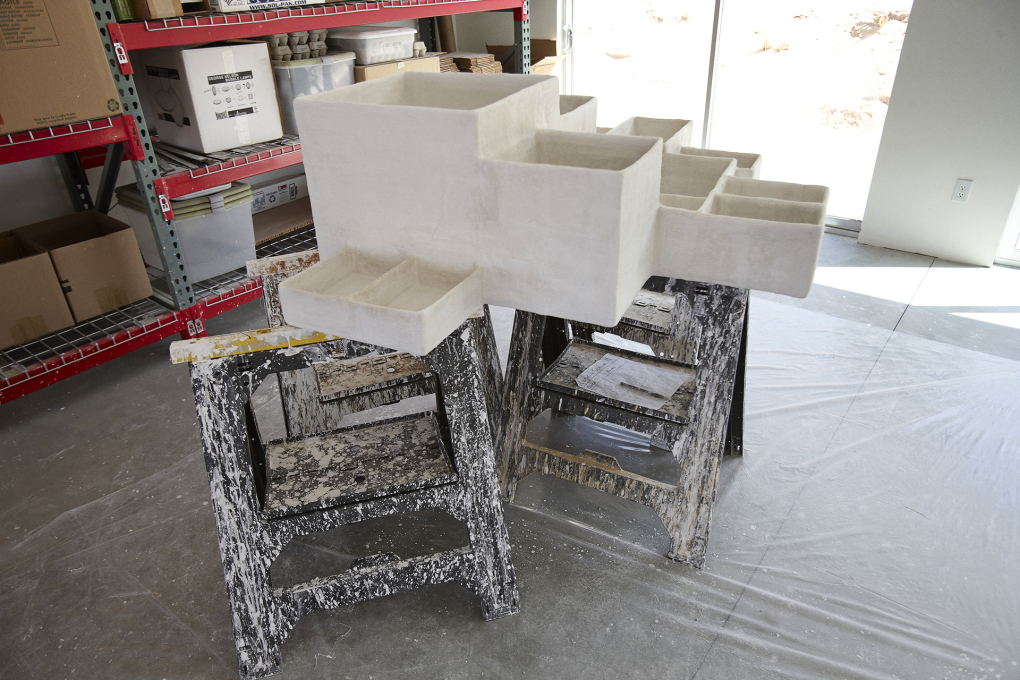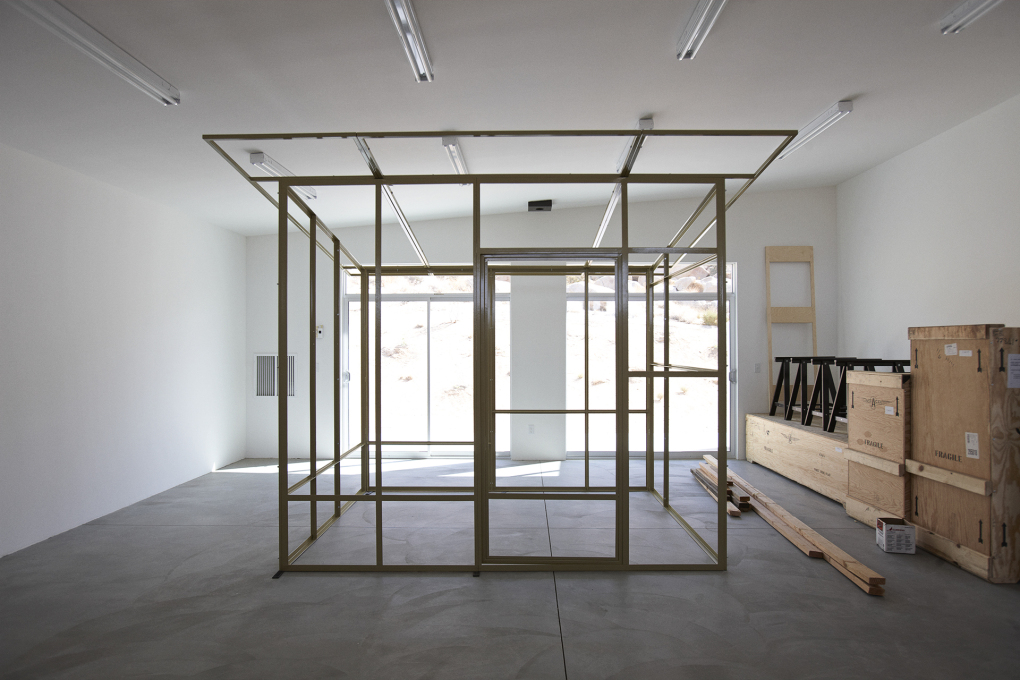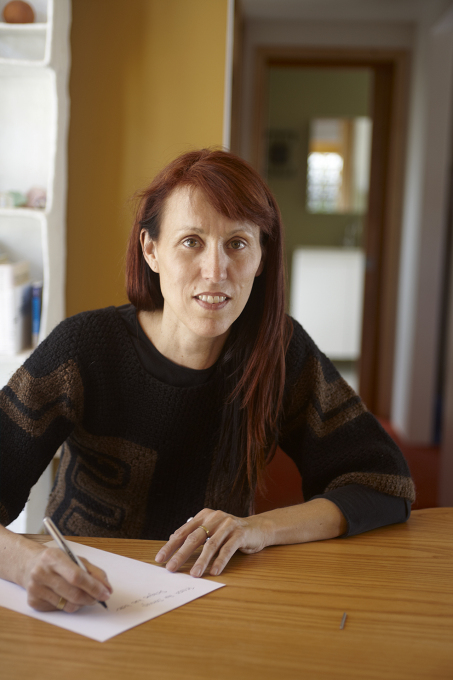The Gaabs, a busy Berlin-based photographer⁄art director family, travel the world in their spare time, kids and cameras in tow, seeking out interesting people and places to include in their print magazines: I Love You and Endless – but also just because that’s what they like to do. They like uncube too, and we like them, so every now and then we’ll be posting their digital postcards back home from beyond. First up is a missive from Joshua Tree in the Californian desert, where they visited the artist Andrea Zittel and her Institute of Investigative Living.
We have to hurry because we have an appointment with the artist Andrea Zittel at her home, A-Z West, in Joshua Tree, that I’m really excited about.
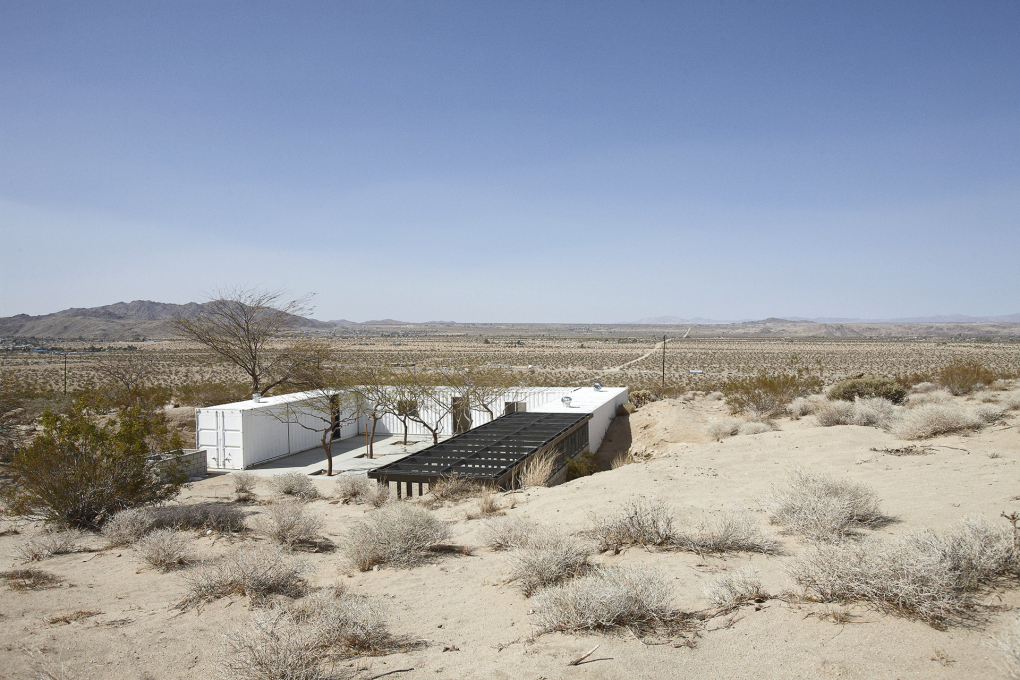
It’s a one-hour ride through the desert, passing the massive wind turbines scattered throughout. A Californian native, Andrea Zittel is an installation and relational artist who also runs the Institute of Investigative Living. According to her website “The A-Z enterprise encompasses all aspects of day to day living. Home furniture, clothing and food all become the sites of investigation in an ongoing endeavour to better understand human nature and the social construction of needs.”
Yesterday, she sent us detailed directions to her place. “GPS won't help you. You might get lost”, she added. Once we arrive at Joshua Tree we leave the paved road opposite some dinosaurs randomly advertising a real estate development, and follow a gravel track, which leads us to her house. A few signs direct you either to her studio, her guesthouses or to her home. It looks like she is used to visitors.
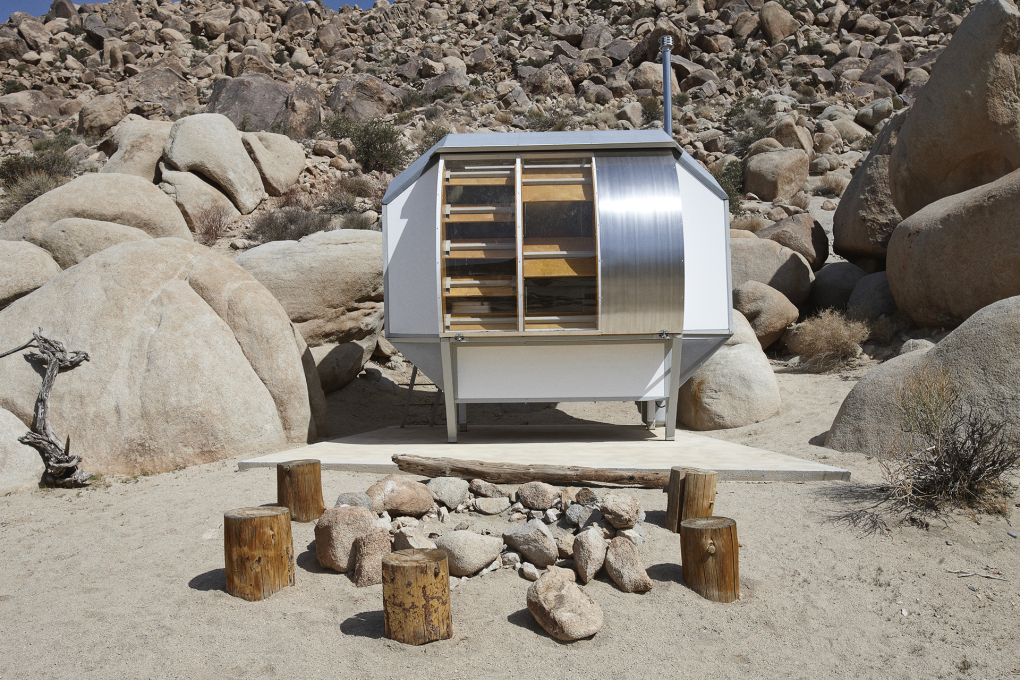
Her assistant, Tatiana, is expecting us at the studio. I can see three other assistants working there through the glass walls. The studio is a huge workshop separated into three rooms. In the first room, there’s a computer and some desks. In the second, the three assistants are working on some plaster objects – her so-called Aggregated Stacks. It all looks very clean and organized. There are a lot of cleaned brushes and white porcelain petri dishes with lids for colour tests, each labelled properly with its respective colour. I am immediately inspired and would love to start creating something on my own.
Friendly but shy, Andrea welcomes us. She shows us around before having to go off and quickly measure some of her objects that are being picked up by a museum today. We leave the studio and take a walk to her house.
Her house looks amazing. She lives completely surrounded by her art and has designed everything herself – right down to the tiles in the kitchen (which are actually artworks called Vertical Accumulators) and the coat hooks on the walls. It is beautiful and one of the most well-styled interiors I have ever seen. I don't know where to look first, and her attention to detail blows my mind. Even the five pairs of old hiking boots in her bedroom are part of an amazing still life.
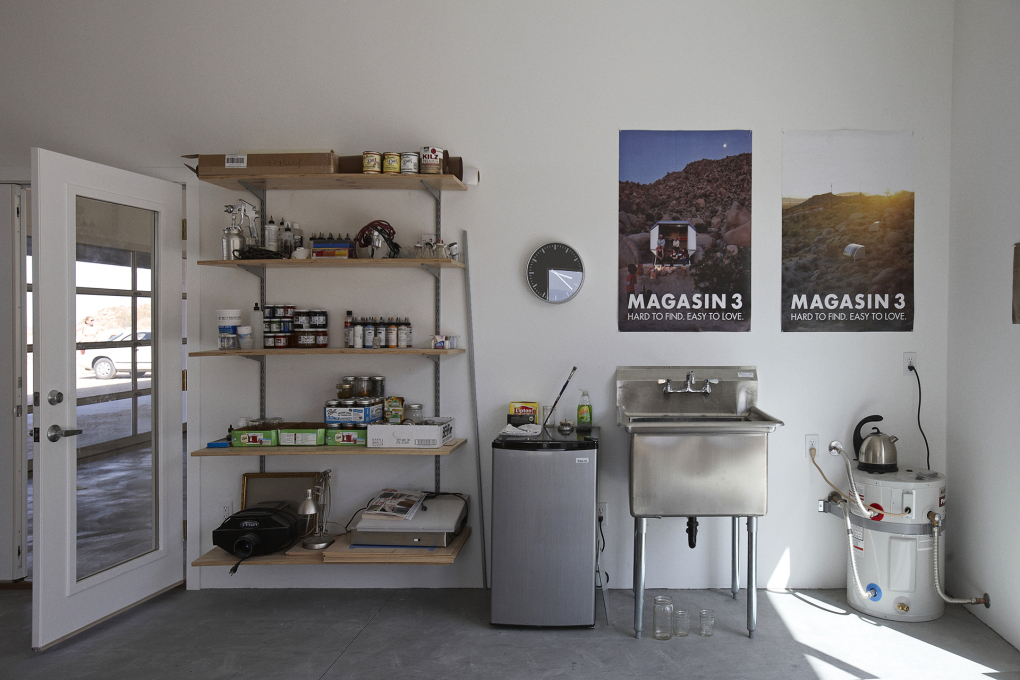
The colour palette has a lot of brown and ochre. Most of the walls are wood-panelled and one in her bedroom is papered with newspapers covered with a painting.
The interior looks very 1950s mixed with ethno but in a very chic way. Her house and the details look very much like her artwork. Everything is clean and tidy, nothing is lying around and everything seems to be arranged. There’s a bed on the terrace and the hot water bottle on the sheets implies that someone really spent the night outside.
She tells us that her family is from the Imperial Valley near the sad Salton Sea we saw yesterday. She always came here to visit the area when she was younger, and 11 years ago she decided to move here. Actually she was looking for an even lonelier spot, she says. Her new work will be about neighbours. She is very interested in neighbourhood stories and interesting people with strange ways of living – even though, she claims, she is not so into dealing with strange neighbours herself.
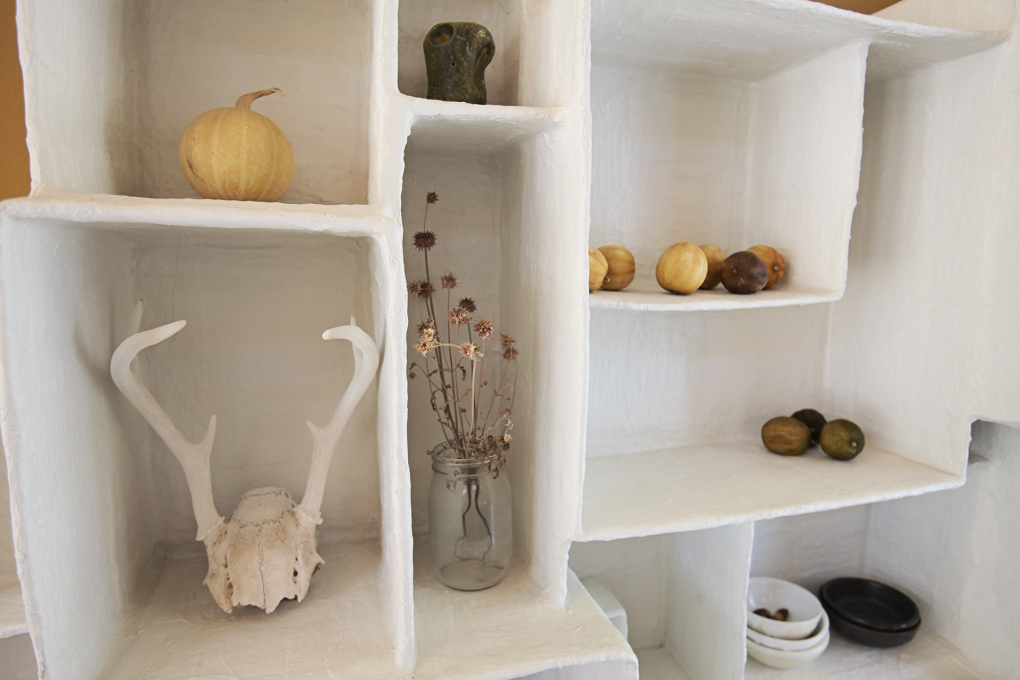
We take another walk to an outdoor project that she is in the process of repainting. It turns out to be a new outdoor kitchen, almost finished as part of her living project. Now I realise that all the silver capsules standing around are not strange measuring tools or some other kind of high-tech instruments for observing the moon, they are beds, encased in silver shells, where people can spend the night. She calls them A-Z Wagon Stations. They are mostly used by artists or her students who use them when they come here to do workshops. There is also an 'open season' when people can book time staying in the Wagon Stations. One day, there were too many strangers sitting around in her kitchen at 7am, so she decided to build an extra kitchen for her guests.
Travelling with kids brings certain restrictions on the one hand, but on the other, they are a good door opener. The mere fact of having raised them seems to make you somehow trustworthy and more serious about life. Andrea explains to us that she has to go and pick up her 7-year-old son from school and leaves us with some fruit – “and if you want”, she says, “you can wait in my house until I come back.” Her trust in strangers is very appealing.
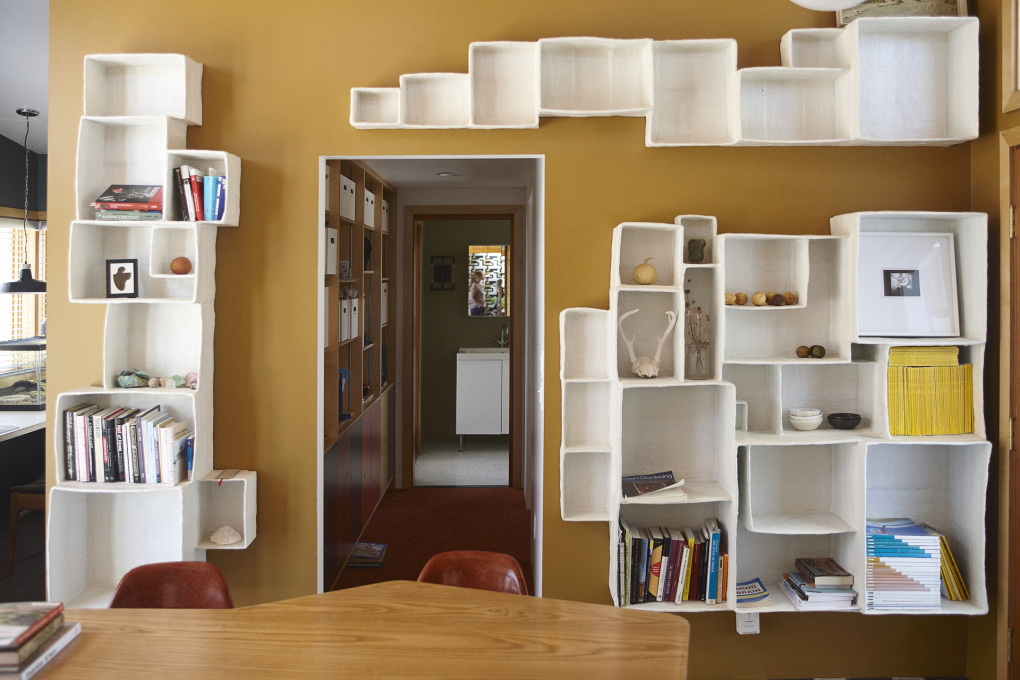
“How does your son like the solitude?” I ask. “He is fine with it”, she says, but his father is not 100 per cent convinced that he shouldn’t be living in a more civilized area.
Because she has to spend a lot of time abroad, Andrea Zittel loves to explore her own surroundings here in the desert whenever she has time off, and knows nearly every stone within a day’s journey of her house. Armed with a piece of paper from her, covered top to bottom with travel advice for our next stops in Death Valley, we say our goodbyes and head off.
– Art director Christiane Bördner (text) is editor and publisher of the fashion magazine I Love You and co-editor and publisher of a travel magazine called Endless together with her partner, the photographer Marcus Gaab (photos). Their creative consultancy, The Gaabs, is based in Kreuzberg, Berlin, and they live in nearby Prenzlauer Berg with their two children aged 13 and six.




